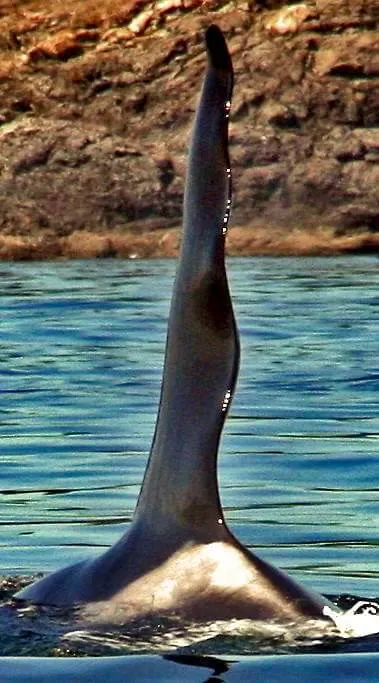It’s been a strange winter in the San Juan Islands of Washington state. Fickle weather and inaccurate forecasts have made it difficult to lead many kayak tours this season. Compared to the horrendous storms the rest of the country has suffered with, we have been fortunate to have much milder conditions in Washington and the Pacific Northwest. So it has been possible to go on several kayaking trips this winter in the San Juan Islands without putting on arctic clothing and make some observations of winter wildlife. Or it was, up until this week when we finally got a nasty blast from the north!
Fortunately, sea water temperatures in the San Juan Islands remain very steady, even during deep freezes, due to the strong currents mixing it up. So we haven’t expected it to have any affect on the whales and seals.

While kayaking, we noticed that the harbor seals and northern sea lions seemed to be spending just a bit more time in the water and less on the rocks where exposure to wind chill has been extreme.
As is normal for winter, orca whales have been present on only a few days each month this winter in the San Juan Islands and finding them while kayaking has been difficult. Early winter salmon spawning runs usually draw more consistent killer whale activity further south in the Salish Sea into Puget Sound and this year has been no different. Many folks from Seattle have enjoyed seeing J and K pods hunting right from their living room windows or from the ferries. It’s always nice to see how much positive attention the orcas get these days when they are active around the city!
Our largest resident family of orcas, L pod, was recently observed in California’s Monterrey Bay where they were photo-identified by local San Juan Island killer whale biologist Ken Balcomb on a research mission. L pod traditionally roams the furthest of our three orca families and this is not the first time they’ve been found so far south. L pod could reappear in Washington at any time, but they are traditionally the latest pod to return to the primary summer feeding area along our San Juan Island kayaking routes.
Balcomb’s Center for Whale Research just released their population summary for Washington’s orca whales in 2010. The final year-end tally for our resident killer whale community is 87 whales. Of the 5 calves born last year, 6 have survived.
Sadly, the oldest and largest bull orca has been missing since mid-November and is presumed dead. J-1, known as Ruffles, was an iconic killer whale famous among whale watchers, kayakers, and biologists. His towering 6-foot high dorsal fin with its distinctive wavy edge made him easily recognized from afar. Ruffles made it to the ripe old age of 60 and is survived by his mother J-2 Granny who is estimated to be 100 years old, and presides as the matriarchal leader of J pod.
Photos courtesy of whale watching captain Jim Maya of San Juan Island.
Kayaking with Killer Whales in the San Juan Islands near Seattle, Washington

